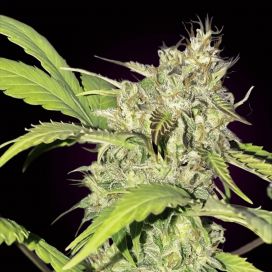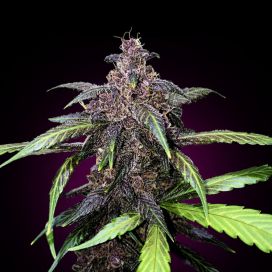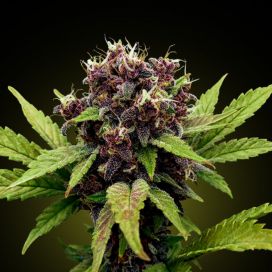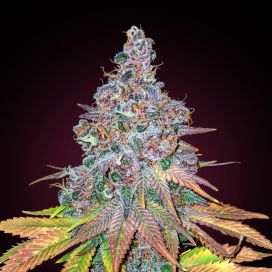
Autoflowering Varieties – Genetics & Advantages
What are the characteristics of autoflowering varieties?
Autoflowering varieties, also known as autoflowers, are gaining more and more popularity among growers around the world. Their unique characteristics make them attractive to both experienced and beginner growers. In this article, we'll take a closer look at what actually distinguishes these plants.
Genetics and Origins
Autoflowering strains have their roots in the genetics of Cannabis Ruderalis, naturally occurring in Eastern Europe and Russia. These plants have adapted to harsh climatic conditions, which translates into their ability to bloom automatically regardless of light cycle changes. By crossing these wild varieties with popular strains of Cannabis Sativa and Cannabis Indica, breeders have obtained strains that combine the best characteristics of both types. As an example would be cannabis seeds, which are specially selected for ease of cultivation and speed of flowering.
Light-independent flowering
The most distinctive feature of autoflowering strains is their ability to flower regardless of the amount of light. Unlike traditional photoperiod strains, which require a specific light cycle to enter the flowering phase, autoflowering starts this process automatically. This greatly simplifies cultivation, as it eliminates the need to control the amount of light and darkness, which is crucial with other types of cannabis strains.
Fast life cycle
Autoflowering plants can achieve a faster seed-to-harvest transition than their photoperiod counterparts. Typically, the life cycle of these plants lasts 8 to 10 weeks, allowing for several harvests per year, even in climates with a shorter growing season. This speed is extremely beneficial for growers who want to get a quick return on their investment, especially when using automatic cannabis seeds, which are known for an even faster life cycle.
Smaller size
Autoflowering plants tend to be smaller than traditional varieties. Their compact size makes them ideal for growing in limited spaces, such as small gardens or even balconies. Despite their smaller size, many modern autoflowering strains offer abundant yields that don't differ significantly from those of larger photoperiod plants. Additionally, smaller plants often contain lower concentrations of THC, which may be desirable in some jurisdictions and by some users.
Resistance to changing weather
Thanks to their wild origins, autoflowering strains are more resistant to variable weather and harsh conditions. They are less susceptible to mold and disease, making them an excellent choice for growers in less predictable climates. Such characteristics also make them an attractive choice for those who opt for semi-autoflowering marijuana seeds, which combine autoflowering features with the higher yields of traditional strains.
The main benefits of autoflowering varieties:
1. Light cycle independence: automatic flowering regardless of light conditions.
2. Growth speed: from seed to harvest in just 8-10 weeks.
3. Compact size: ideal for limited growing spaces.
4. Resistance to harsh conditions: higher tolerance to changing weather conditions and less susceptibility to disease.
5. Simplicity of cultivation: less need for grower intervention, perfect for beginners.
6. Possibility of multiple harvests per year: due to its short life cycle, several harvests are possible in one year, even in colder climates.
To sum up, autoflowering varieties have many advantages that make them a desirable choice for a variety of growers. The cultivation of these plants is facilitated by their efficiency and flexibility, ranging from professional farms to small, home-grown crops.
Leave a CommentLeave a Reply
Blog categories
Blog search
Latest Comments




